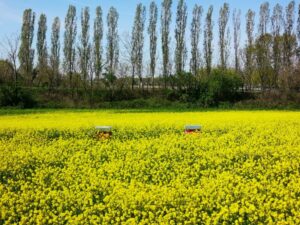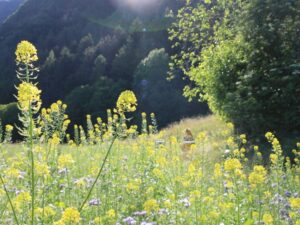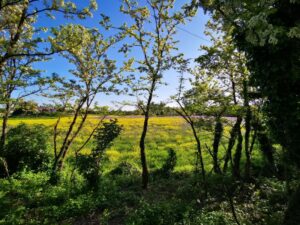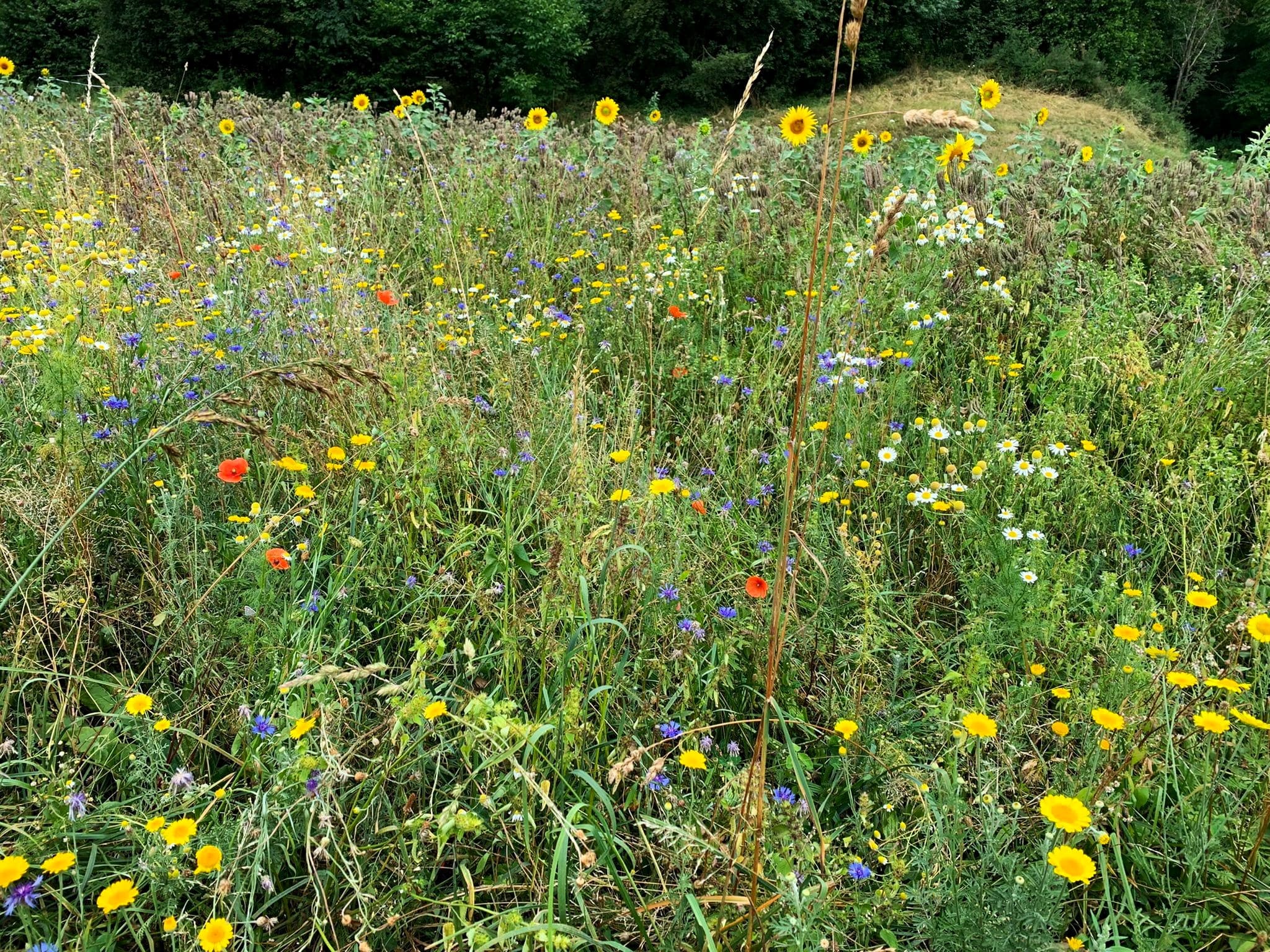Pollinators and Climate Change: Challenges and Adaptive Strategies
Analysis of the interactions between pollinators and climate change, highlighting how these species are adapting and what strategies can be implemented to mitigate negative impacts.
In a rapidly changing world, the delicate balance of natural ecosystems is under constant threat. Among these, pollinators, crucial for biodiversity and agriculture, face unprecedented challenges due to climate change. This article explores the complex interactions between pollinators and climate change, highlighting the adaptive strategies of these species and proposing actions to mitigate negative impacts.
Climate change, manifesting itself through global warming, the alteration of seasonal cycles and the increasing frequency of extreme climate events, profoundly affects the life of pollinators. Species such as bees, butterflies, hummingbirds, and many other insects and birds find it increasingly difficult to survive, reproduce, and feed in such a rapidly changing environment.
A study published in “Science” (Kearns, Inouye, and Waser, 1998) highlights how the change in floral seasons and temperatures negatively influences the synchronization between plant flowering and pollinator activity. This temporal decoupling can lead to a reduction in plant reproductive succession and a decrease in biodiversity.
Despite adversity, some pollinators have demonstrated a remarkable ability to adapt. For example, recent studies (Potts et al., 2010, “Trends in Ecology & Evolution”) show how some wild bee species have begun to modify their activity patterns, anticipating or delaying their emergence in response to climate variations.
Furthermore, research by Rafferty et al. (2013, “Proceedings of the National Academy of Sciences”) suggests that some pollinator species are expanding their geographic range to higher latitudes or higher elevations, seeking more favorable conditions for their survival.
To counteract the negative effects of climate change on pollinators, it is essential to implement targeted conservation strategies. These include the creation and maintenance of ecological corridors that facilitate the migration of species to more suitable areas, as well as the conservation of natural areas that provide essential habitats for nesting and feeding.
Promoting sustainable agricultural practices, such as organic farming and reduced pesticide use, is another crucial strategy for protecting pollinators. Increasing floral diversity in agricultural areas, for example, can provide a greater variety of food resources for pollinators (Klein et al., 2007, “Journal of Applied Ecology”).
Community involvement is vital to the success of pollinator conservation initiatives. Through outreach and education, we can raise awareness of the importance of pollinators and the threats they face due to climate change.
The Saving Bees project is at the forefront of the fight to conserve pollinators, promoting research, education and sustainable practices. We invite you to join us in this crucial cause. Visit our website, learn more about our activities and find out how you can help make a difference. Together, we can work to safeguard pollinators and protect the biodiversity of our planet.



References:
1. Kearns, C. A., Inouye, D. W., & Waser, N. M. (1998). Endangered mutualisms: The conservation of plant-pollinator interactions. *Science*, 281(5377), 431-434.
2. Potts, S. G., et al. (2010). Global pollinator declines: Trends, impacts and drivers. *Trends in Ecology & Evolution*, 25(6), 345-353.
3. Rafferty, N. E., et al. (2013). Floral traits influencing plant-pollinator interactions: Implications for plant’s responses to climate change. *Proceedings of the National Academy of Sciences*, 110(21), 8944-8949.
4. Klein, A.-M., et al. (2007). Importance of pollinators in changing landscapes for world crops. *Journal of Applied Ecology*, 45(1), 205-213.

